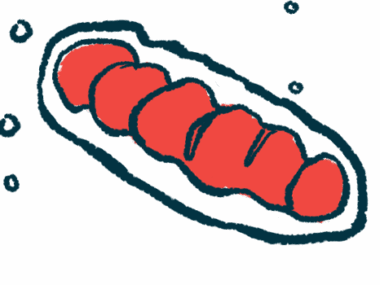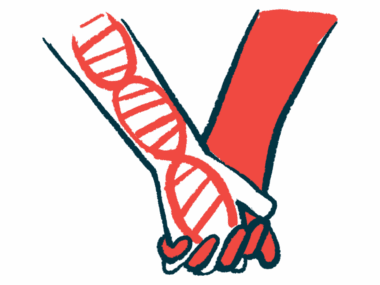Study: Girls With Rett Syndrome Display Poor Sleep Continuity
Patients show increased deep sleep and reduced REM sleep
Written by |

Girls with Rett syndrome caused by MECP2 gene mutations have increased deep sleep and reduced rapid eye movement (REM) sleep, a study shows.
The sleep patterns are generally similar across the patients’ genetic and clinical, or disease severity, characteristics. However, increased hand disability was associated with a longer duration of a specific sleep stage.
“This study is the first to phenotype [characterize] sleep in a large sample of RTT [Rett] girls with MECP2 mutations,” the researchers wrote. “Poor sleep-on/off switching in RTT since embryogenesis [embryo development] is possibly linked to (psycho)motor impairment in the cases with MECP2 mutations.”
The study, “An investigation of the sleep macrostructure of girls with Rett syndrome,” was published in Sleep Medicine.
Rett is mainly caused by mutations in the MECP2 gene and affects females almost exclusively. The gene codes for a protein with the same name, which regulates how key genes for brain development and function are read.
Symptoms of Rett include loss of hand function and speech skills, as well as walking impairments. Disrupted sleep has been included in Rett’s diagnostic criteria and is considered a significant consequence of altered brain functioning.
Sleep patterns in Rett syndrome
Sleep involves different stages — REM and non-REM. In REM, the sleep phase wherein most dreams occur, brain activity and blood pressure increase. This stage is tightly related to early brain development. Conversely, non-REM sleep is divided into three stages: stage 1, when eye movement and muscle activity slow down; stage 2, characterized by light sleep and lower body temperature; and stage 3, marked by deep sleep.
Previous research has reported sleep problems in most Rett cases with MECP2 mutations, including night walking, nightly unrest, and excessive daytime somnolence.
“Findings on sleep structure abnormalities in RTT cases remain however scant and inconsistent,” wrote the researchers from France and the Netherlands who investigated a possible association between different sleep traits and clinical and genetic characteristics among patients.
Sleep studies were performed between 2013 and 2016. Sleep-related parameters were scored for 21 girls with MECP2 gene mutations (ages 2 to 20). An average of 1,019 minutes of sleep was recorded.
Rett patients had about two to three times longer duration (mean value, 82.8 minutes) of wake time after sleep started than typically developing peers. Total sleep time, or the start-to-end sleeping time minus the wake time after sleep started, was significantly longer at 515.3 minutes. However, the time to start sleeping was significantly shorter (17.4 minutes).
Compared with the control group, the girls had an increased non-REM stage 3 sleep (44.2% of total sleep time) in contrast to lower stage 2 duration (31.5%), and also significantly shorter REM sleep (15.9%).
They generally didn’t show significant differences in sleep patterns when comparing mutation types and clinical characteristics. Stage 1 sleep significantly increased along with the severity of hand disability, however.
Neither REM nor non-REM sleep stages were associated with patients’ age during the sleep study, nor their age at disease onset.
The results showed a poor ability to maintain sleep with “the most severe clinical cases [having] the most homogeneous sleep macrostructural deficits,” the researchers wrote, noting poor sleep continuity in Rett may be attributed to the underlying genetic mutations and to apnea (breathing repeatedly stopping and starting during sleep). Apnea is common in Rett patients. Girls with Rett also commonly have intractable epilepsy, which may cause sleep abnormalities.
The researchers said the study’s limitations includd not having patients with mutations other than MECP2. Sleep breathing parameters and medical treatments, which may influence sleep patterns, were also not analyzed.
“The investigation of the development of REM sleep alike discharges in relation to (hand) motricity in RTT animal models might be a promising research topic improving our understanding of RTT sleep problems as reported by their caregivers,” they said.






